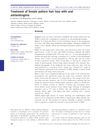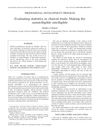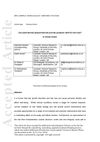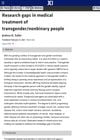Evaluating Statistics in Clinical Trials: Making the Unintelligible Intelligible
October 2008
in “
Australasian Journal of Dermatology
”
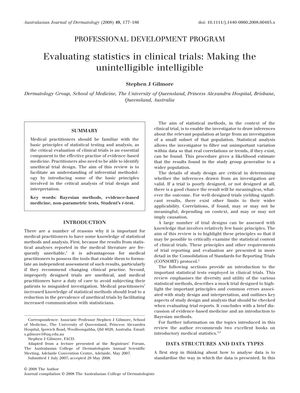
TLDR Doctors need to understand statistics to properly evaluate clinical trials for patient care.
The document from 2008 highlights the necessity for medical practitioners to have a solid understanding of statistical methods to critically assess clinical trials for evidence-based medicine. It provides an introduction to statistical analysis principles, including data types and appropriate statistical tests such as Student's t-test, ANOVA, and chi-squared tests. The paper also delves into regression analysis, cross-over designs, and bioinformatics in the context of microarray data. Using a clinical trial on a new oral treatment for female pattern hair loss as an example, the author underscores the importance of considering confounding factors and proper study design to avoid statistical errors. The document specifies that a sample size of 21 subjects per group is needed to achieve sufficient power and significance in the example trial. It also cautions against the risk of Type 1 error when reporting multiple P-values without adjusting the significance level. Finally, the document predicts an increase in the use of Bayesian methods in clinical trials and patient management as technology advances.
